Sourcing Fresh Caribbean Lobster in Saint Kitts
13 min read Discover how to find and enjoy fresh Caribbean lobster in Saint Kitts, exploring local markets and culinary traditions. August 30, 2025 15:05
Sourcing Fresh Caribbean Lobster in Saint Kitts
Imagine the sun rising over the azure waters of the Caribbean Sea, casting a golden hue across the vibrant fishing villages of Saint Kitts. The air is infused with the salty breeze, mingling with the unmistakable aroma of the ocean’s bounty. Here, sourcing fresh Caribbean lobster isn’t just a culinary task — it’s a cultural ritual that connects chefs, fishermen, and diners in a shared celebration of the island’s rich maritime heritage.
In Saint Kitts, the quest for the perfect lobster begins at dawn, echoing centuries-old traditions and embodying the island’s vibrant soul. Embarking on this journey offers more than just a procurement process; it’s an immersion into the flavors, stories, and endless possibilities that Caribbean lobster unlocks in the kitchen.
The Cultural Significance of Caribbean Lobster in Saint Kitts
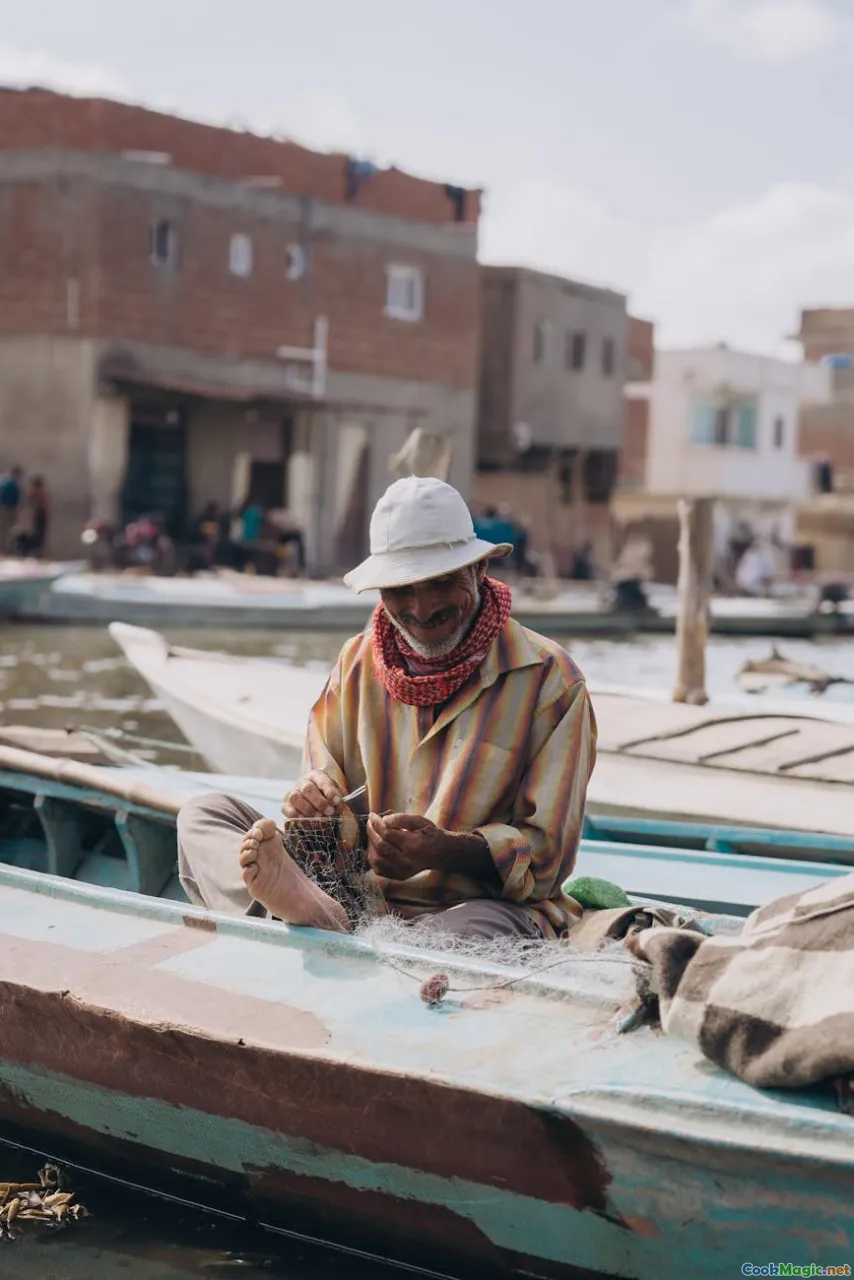
Lobster in Saint Kitts isn’t merely a delicacy; it’s a symbol of the island’s resilience and connection to the sea. Historically, the local communities have depended on the ocean not just for sustenance but as a lifeline that informs their festivals, stories, and culinary traditions.
Traditionally, fishermen would set out at dawn before the sun peeks over Brimstone Hill, their boats cutting steady ripples across the water. The lobster catch was often shared communally — a reflection of the islanders’ communal spirit — and it’s only in recent decades that specialized markets and export practices have elevated Saint Kitts’ lobster from local sustenance to international culinary fame.
Gathering fresh lobster involves understanding the seasons. The lobster fishing season usually runs from August to February, with specific conservation rules ensuring the sustainability of this treasured marine resource.
The Fishermen’s Code: How Lobster Is Caught in Saint Kitts

Sourcing the quintessential Caribbean lobster begins with understanding the methods behind its harvest. Saint Kitts employs traditional and modern techniques, a captivating blend that respects age-old customs while embracing sustainable practices.
The Trap Method
The most prominent strategy involves lobster traps — sturdy wire cages baited with fish heads or dead bait — carefully lowered into selected reefs. Fishermen skillfully place these traps just off the coast, often in the rocky or coral areas known to harbor the largest lobsters.
In the early morning, under the glow of dawn, local fishermen check their traps with practiced hands. The scent of bait wafts through the air, mingling with sea spray and the distant call of seabirds. They carefully extract the lobsters, the shells firm and mottled in shades of brown, olive green, and hints of vibrant red in the claws.
The Unspoken Respect for Nature
Fishermen abide by regulations — size limits, seasonal bans, and quotas that ensure lobster populations remain plentiful for generations. Many still use ancestral methods, respecting the delicate balance of marine ecosystems.
The Markets and Direct Sourcing: Connecting with Local Fleets
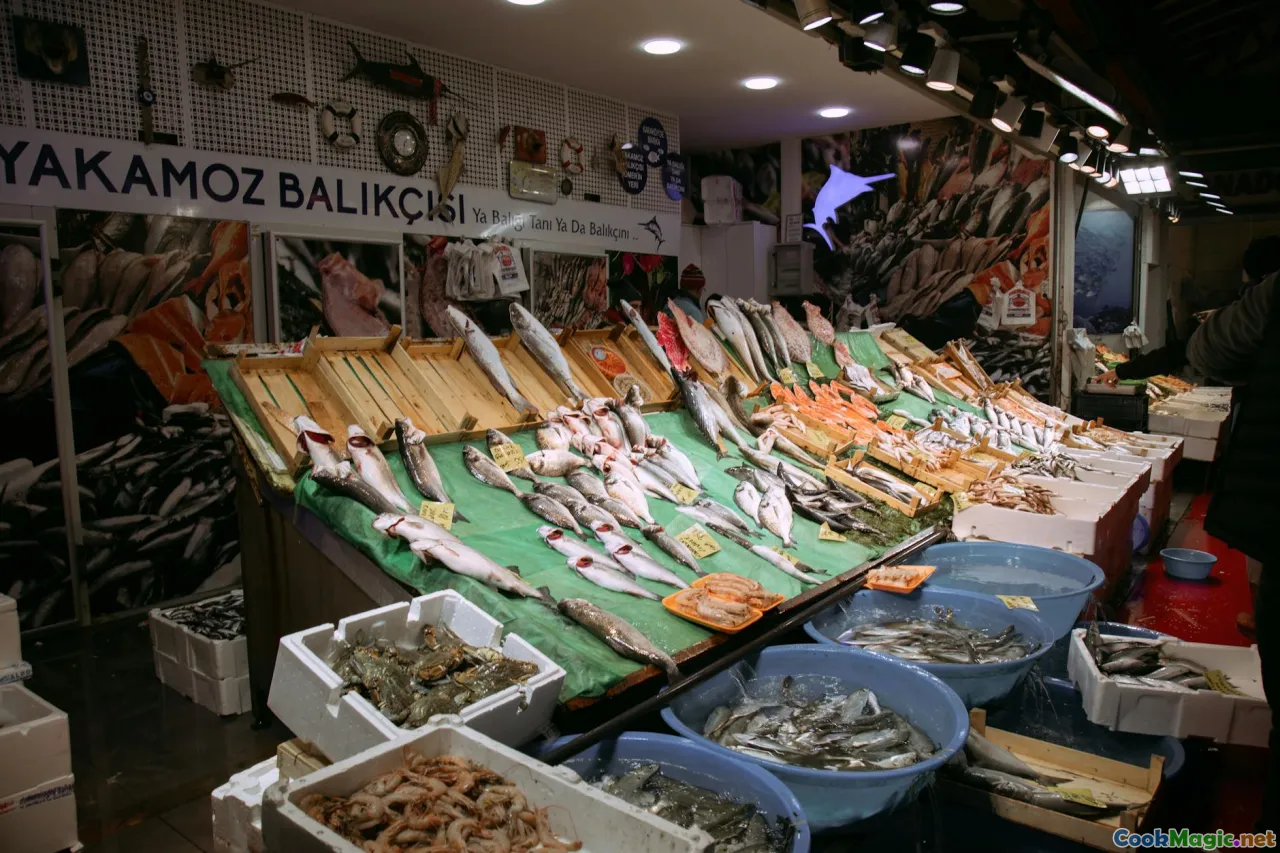
Once harvested, the freshest lobsters make their way to open-air markets, roadside stalls, and directly to chefs’ kitchens. The central fish market in Basseterre roars with activity each morning, a lively tableau where locals, chefs, and even tourists converge to select their prized catch.
In Saint Kitts, sourcing isn't limited to market visits. Some chefs cultivate direct relationships with local fishermen, placing early morning orders to ensure their kitchens are stocked with tomorrow’s catch. This direct connection not only guarantees freshness but fosters a deeper appreciation for the craftsmanship behind each lobster.
Building Relationships with Fishermen
Culinary artisans often explore the docks themselves, engaging with seasoned fishermen who know the best spots and seasons. During these exchanges, stories unfold — tales of daring catches, moon phases, and the ocean’s moods — adding layers of emotion and authenticity to every lobster dish.
Differentiating Quality: What Makes a Lobster Exceptional?
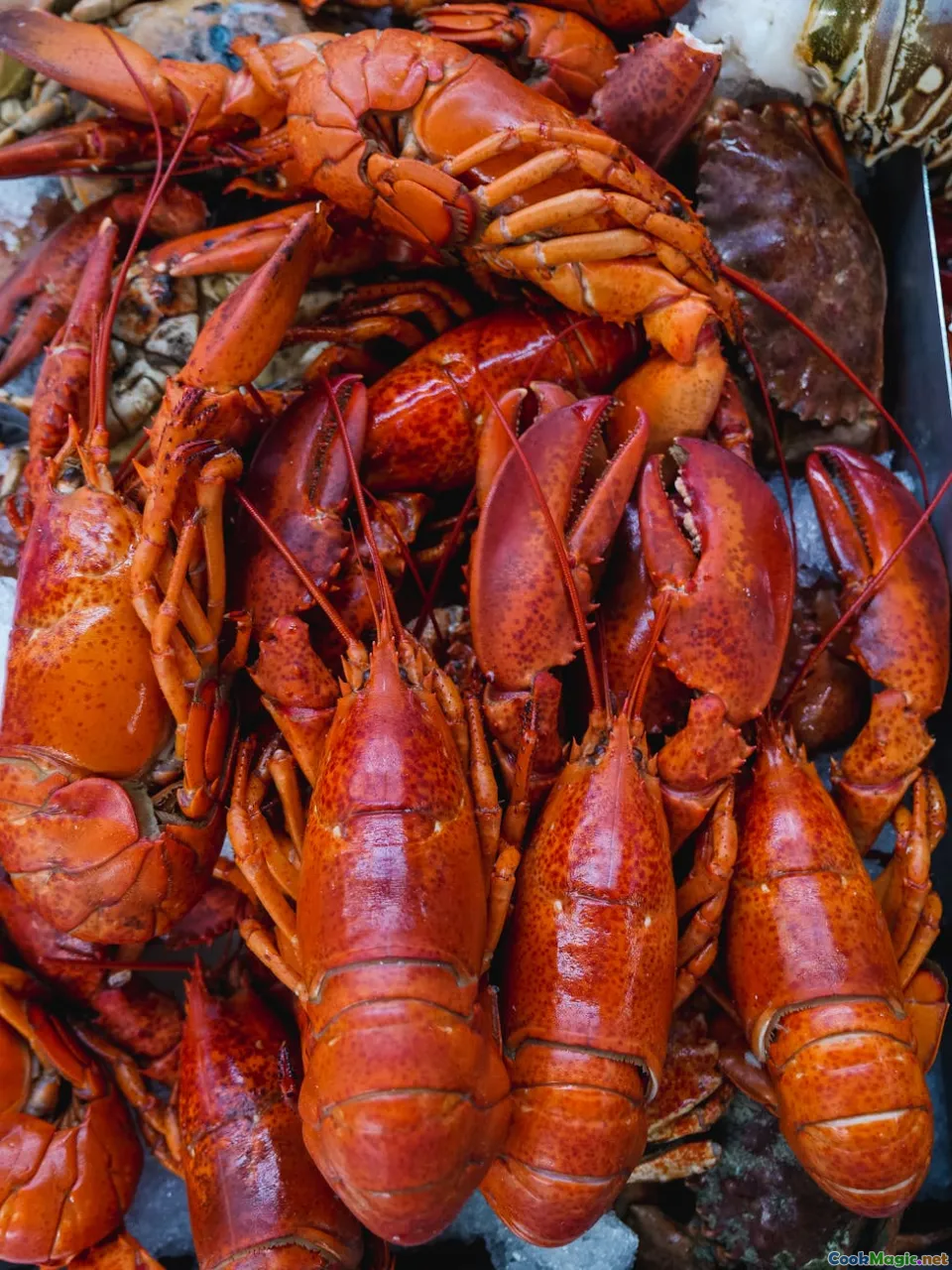
Not all lobsters are created equal. Saint Kitts boasts a variety that includes the Caribbean spiny lobster and the American lobster, each with distinctive characteristics.
Visual and Textural Cues
Fresh Caribbean lobsters exhibit a firm shell that’s not overly brittle. Their coloration often includes mottled brown, reddish hues, with the claws and tail showcasing vibrant red when cooked, a sign of freshness and quality.
The Aroma
A fresh lobster should smell like clean ocean water — faintly salty, briny, and barely fishy. A strong or ammonia scent indicates decay, a red flag for any discerning chef.
In the Kitchen
The texture of a high-quality lobster meat is firm, yet tender, with a slightly sweet flavor untainted by muddy or overly salty notes. Its sweet aroma should fill the space when steaming or grilling, promising a culinary experience that’s both luxurious and deeply rooted in the Caribbean landscape.
Culinary Uses and Traditional Dishes with Sourced Lobster

Once sourced, the lobster becomes the star ingredient in a multitude of dishes that celebrate Saint Kitts’ vibrant cuisine.
The Classic Caribbean Lobster Boil
This communal dish captures the spirit of the island — communal, flavorful, and hearty. Lobsters are boiled with spices, cassava, yams, and local seasoning herbs, creating a seafood feast resonant with history and heart.
Lobster Thermidor with a Caribbean Twist
In more refined settings, chefs elevate the lobster by grilling or steaming before dressing it with a sauce infused with Scotch bonnet peppers, coconut milk, and lime. The tender, sweet meat pairs perfectly with spicy, tangy flavors that reflect the island’s culinary soul.
Grilled Lobster with Garlic and Herbs
Fresh lobster, halved and brushed with garlic-butter marinade, then grilled over coconut wood coals, delivers a smoky aroma that’s quintessentially Caribbean. It’s served alongside pepperpot or rice and peas — an ode to the local palate.
Fresh Lobster Pasta
Imagine al dente pasta coated in a sauce of coconut milk, lime zest, and chili, kissed with chunks of tender lobster. Simple but sophisticated, this dish emerges from the island’s fusion of European techniques and Caribbean flavors.
Tips for Sourcing and Ensuring Freshness
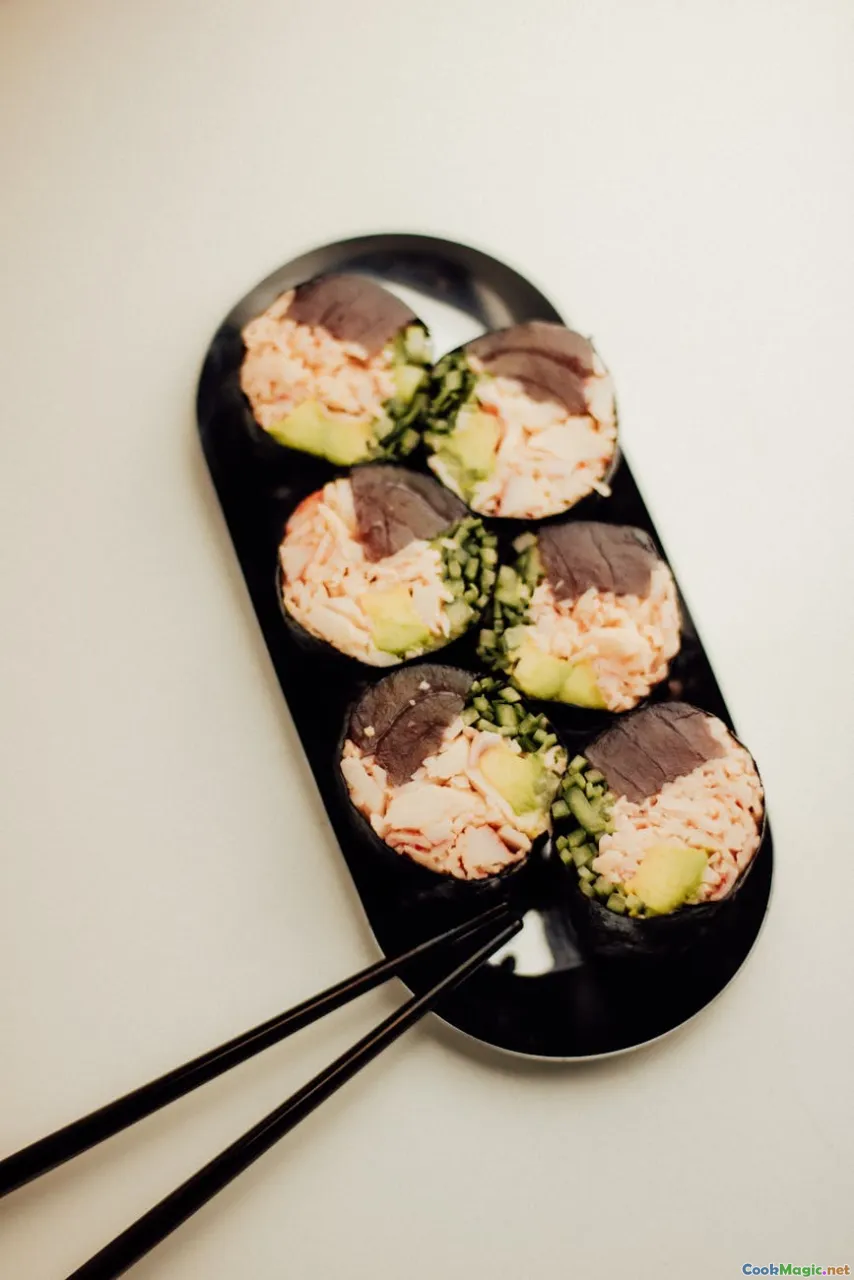
Reliable sourcing begins with trust and knowledge. Here are expert tips to help any culinary enthusiast or chef source the best Caribbean lobster in Saint Kitts:
- Visit Multiple Markets: Don’t settle on the first stall. Compare freshness, ask about recent catches, and observe the handling practices.
- Inspect the Shell: Look for a shells that are moist yet firm, without cracks or excessive dryness. Shell color should be vibrant but natural.
- Smell Is Key: Always go for the ocean-scented aroma—if it smells off, move on.
- Ask About the Catch Date: Freshness correlates directly with how recently the lobster was caught. Aim for lobsters caught within 24 hours.
- Engage Directly with Fishermen: Building relationships often ensures access to the freshest catches, sometimes even before they reach markets.
- Buy in the Season: Respect seasonal windows as they reflect both sustainability and peak flavor.
Sustainable and Ethical Sourcing Principles
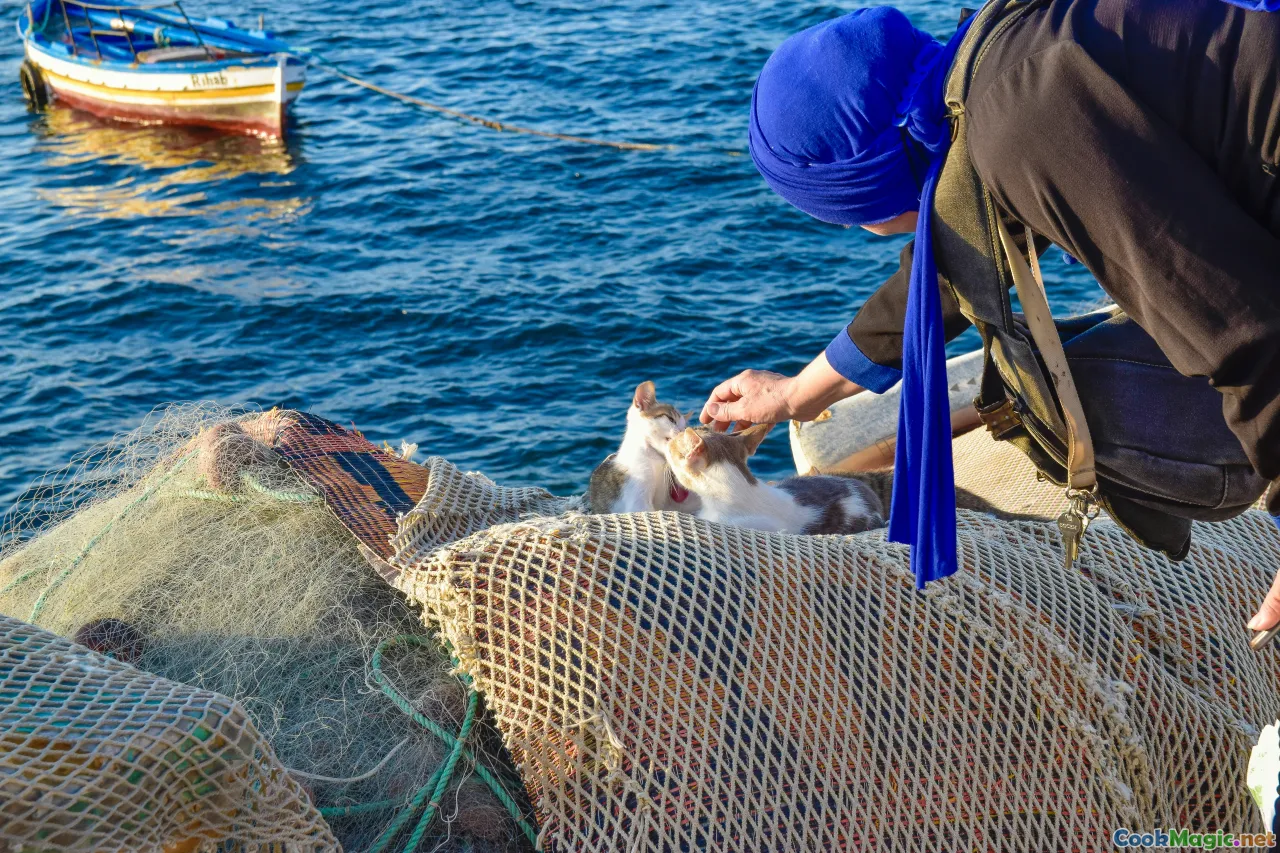
Sourcing sustainably isn’t just an obligation — it’s a way to preserve the island’s maritime riches. Many local fishermen adhere to conservation practices, avoiding overharvesting and respecting lobster size regulations.
Some chefs even collaborate with local marine conservation organizations to promote responsible fishing, ensuring that the Atlantic Caribbean lobster remains abundant for future generations.
Embarking on a Culinary Journey with Caribbean Lobster
In Saint Kitts, sourcing fresh lobster is a sensory adventure rooted in reverence for the ocean, community, and craft. It’s a dance between tradition and innovation, where every trap lowered, every market visited, and every dish served echoes the island’s soul.
For culinary enthusiasts eager to explore the depths of Caribbean flavors, understanding the journey from sea to plate enhances every bite. It’s an intimate story woven with salt, sun, skill, and heart — a true embodiment of Saint Kitts’ vibrant cuisine.
Whether you’re preparing a luxurious Lobster Thermidor or a simple grilled lobster, sourcing with care transforms the dish from mere sustenance into an authentic expression of the island’s rich maritime culture. So next time you find yourself on Saint Kitts, seek out those fresh lobsters — let their story inspire your culinary creations, and savor the taste of the Caribbean retrieved straight from the depths of the sea.









